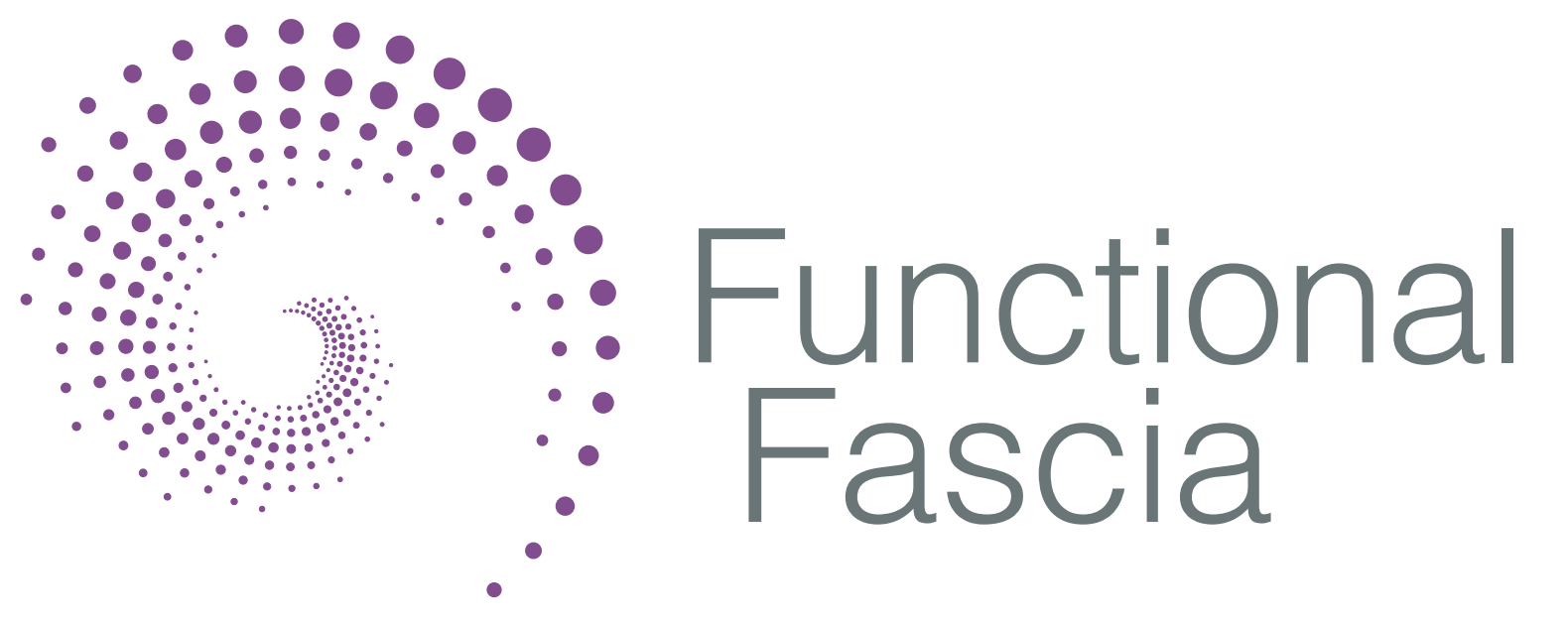In 2006 I travelled to New York to attend a workshop with Tom Myers hoping to drag him over to tour and teach Bowen people in the UK, which he subsequently did. We also did a dissection together which is another story.
His workshop was being held at The Breathing Project in Manhattan and whilst chatting one day a man called Leslie Kaminoff told me about Gil Hedley and how I should get on one of his classes. I subsequently found myself on a plane to San Francisco in 2007 and the process of falling in love with dissection and anatomy began.
It was the dawning of a new era for me and the scales fell from my eyes when I realise that everything I had learned anatomy wise was at best incomplete and inapplicable to understanding manual therapy. At the end of the 2007 class, I asked Gil if he would come to the UK. Being asked that kind of question regularly myself, my response is always, “Yes sure!” I am fairly confident that I will walk away from that conversation and it’ll be last time I ever hear from that person.
Gil was no different and felt pretty sure that I’d never be heard from again. In truth I only asked because I was pretty sure I could find somewhere to work from. St George’s hospital London and Professor Ceri Davies, the then professor of anatomy, offered us the chance to run a course, leaving Gil with no option but to agree to come over to the UK.
So began ten years of working with Gil and learning his approaches to dissection, bringing him over to the UK to run classes that I had established, at the same time building my own understanding and methods of both embalming, dissection and anatomy. I doubt that I will ever get to the level of Gil in terms of dissection skill and depth of knowledge, but I like to think that with him as a role model, I have developed myself and my eye over the years to bring a certain something to a dissection room.
My approach these days is somewhat different to Gil in terms of defining what it is we are doing in a lab, but only from the side of how the content is thought about and delivered. I have moved more towards cellular structures and behaviour and construct a more scientific based approach to explaining what we are working on. The actual dissection principles I use remain for the most part, pretty much how Gil designed it. Why change what works?
Gil is a master dissector, anatomist, story teller and human being and my approaches and ways of dissecting are learned almost entirely from him. His hard work, dedication, forward thinking and sheer determination have laid the ground for people like me to follow; the shoulders of giants indeed.
The methods of reflecting skin and then superficial fascia as a separate entity is something he pioneered and but not something that I generally do in such depth any more as I find it limiting in terms of how useful it is. The connection of these tissues is more relevant from a therapeutic perspective and the problems arising from separating and studying these separations is self evident. Once we have created a “layer” the tendency is to impute this creation with meaning, something that without its neighbours, it does not have. The focus on fascial layers like this has driven an industry wide fixation on doing something to a tissue that is neither possible nor desired.
These positions however do not come without having had somewhere to start from and it was Gil who pioneered the process in the first place, from which evolution of thought around these areas became possible.
I would be the first to admit that Gil and I have not always seen eye to eye in terms of approach, content or management in various aspects, but the ability to disagree, argue and even fall out is perhaps something that is the result of getting close to people. It is however something I will always value even if it means that distance between two people is created.
Gil was and is my inspiration for dissecting and challenging the sometimes illogical concepts of classical anatomy that still hold fast today. A dissection workshop with Gil is truly a remarkable experience and one that anyone with aspirations to understand the human form should attend.
Many people will have been on a workshop with Gil and have their lives changed. Few however would be able to say that fifteen years later their lives were dedicated to the same process and path that started in San Francisco all those years ago.

